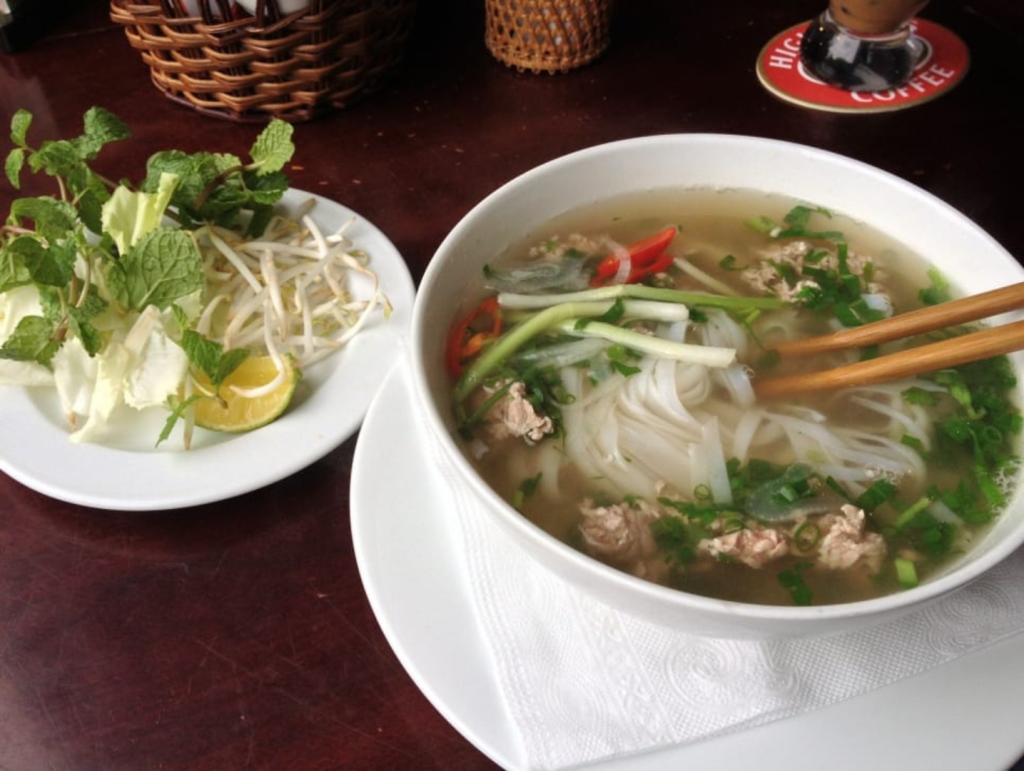
Okinawa, Japan, one of the five renowned Blue Zones, has attracted attention for its remarkable longevity and well-being. These regions, where people live longer, healthier lives, have become subjects of extensive research. Kaki Okumura, a nutritional therapy-practitioner with a unique background growing up in the US and Japan, points out four common principles shared by the Okinawan Blue Zone and the Mediterranean diets. Despite differences in specific foods, these diets emphasize overarching principles that contribute to greater health and longevity.
1. Emphasis on Balance Over Extremes
Both the Okinawan Blue Zone and Mediterranean diets prioritize balance rather than eliminating entire food groups. These diets avoid extreme restrictions on macronutrients like fats or carbohydrates, recognizing their essential role in well-being. Instead, they focus on harmoniously combining different food groups within a single meal. For instance, traditional Okinawan cuisine often includes rice cooked with diced sweet potatoes. This blend not only adds nutritional value but also enhances satiety by providing B vitamins, iron, magnesium, fiber, and more.
2. Abundance of Fruits and Vegetables
A study on Japanese centenarians in Okinawa revealed that they typically consume seven different types of fruits and vegetables daily. Okinawan dishes like “chanpurū,” a mix of bitter melon, tofu, egg, and bean sprouts, often include additional vegetables like carrots, cabbage, and onions. Stir-fries such as “irichi” and rice dishes like “jushi” also contribute to dietary variety. Similar to the Mediterranean diet, the Okinawan Blue Zone diet prioritizes diversity in fruit and vegetable consumption, rather than relying on a single superfood.
3. Rich in Antioxidant-Rich Plant-Based Foods
Both diets place a strong emphasis on plant-based foods rich in antioxidants, which combat free radicals linked to chronic illnesses and cancer. In Okinawa, sweet potatoes, a significant dietary component for centenarians, are rich in carotenoids, a type of antioxidant. The diet also includes antioxidant-rich foods like bitter melon, winter melon, sea vegetables (e.g., sea grapes), and legumes (e.g., soybeans, commonly served as tofu, edamame, or miso). Similarly, the Mediterranean diet includes antioxidant-rich foods such as tomatoes, cucumbers, and legumes like chickpeas.
4. Minimal Meat and Dairy Consumption
Both diets limit meat and dairy consumption. In the Okinawan Blue Zone diet, meat and dairy together account for less than 2% of daily intake. Protein sources mainly come from soy-based foods or moderate amounts of fish and seafood. While individual preferences and genetics play a role in dietary choices, the common principle of minimizing meat and dairy intake aligns with the goal of enhancing longevity and overall health.
While the specific foods in the Okinawan Blue Zone and Mediterranean diets differ, they share fundamental principles that promote longevity and well-being. Balancing food groups, consuming a variety of fruits and vegetables, prioritizing antioxidant-rich plant-based foods, and limiting meat and dairy intake appear to be key factors contributing to the health and vitality observed in these regions. These principles offer valuable insights into how we can make dietary choices that support longer, healthier lives, regardless of our geographic location or cultural background.





